Scientists cut E. coli’s genetic code from 64 to 57 codons—creating a powerful platform for synthetic biology breakthroughs.
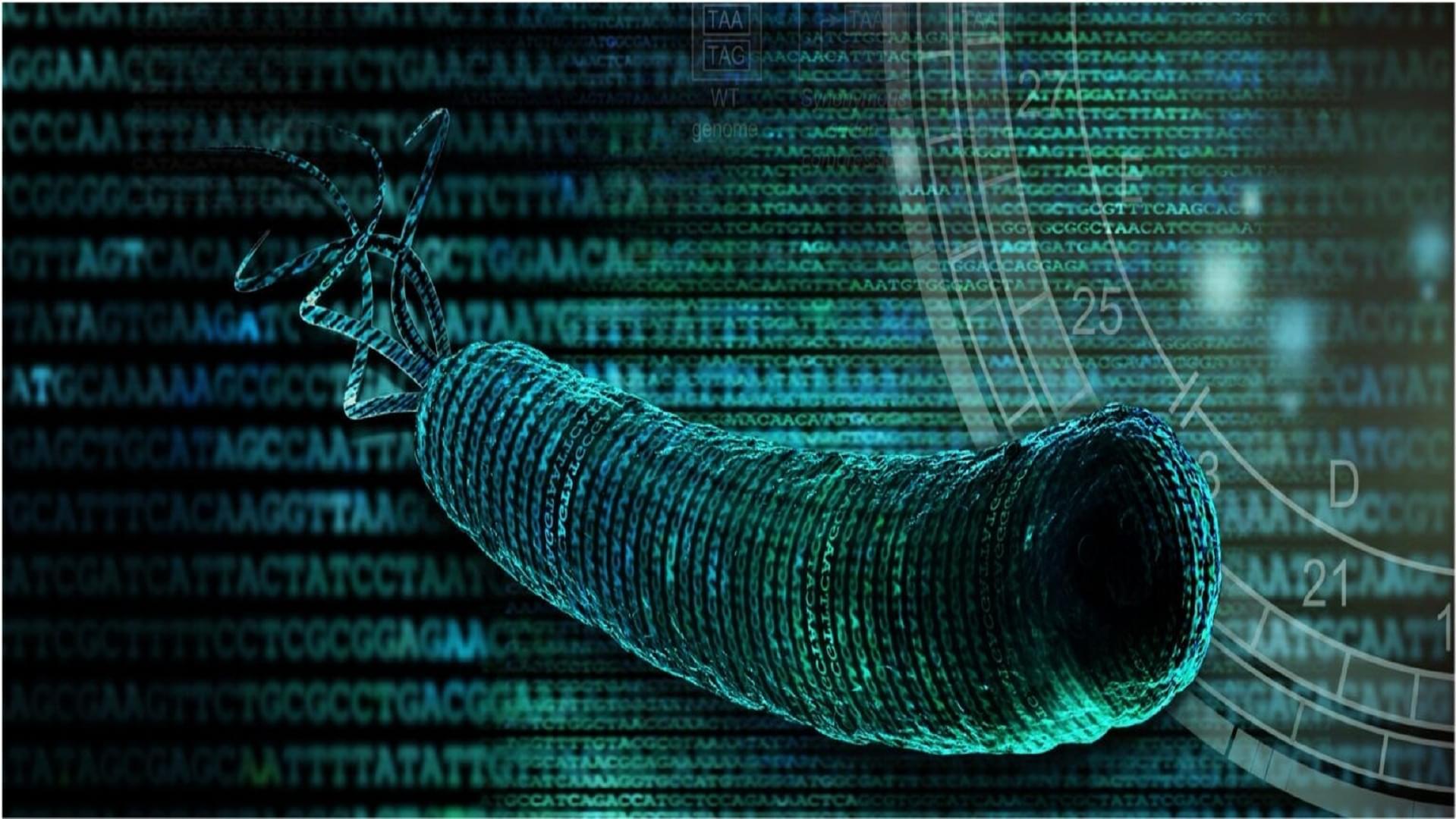

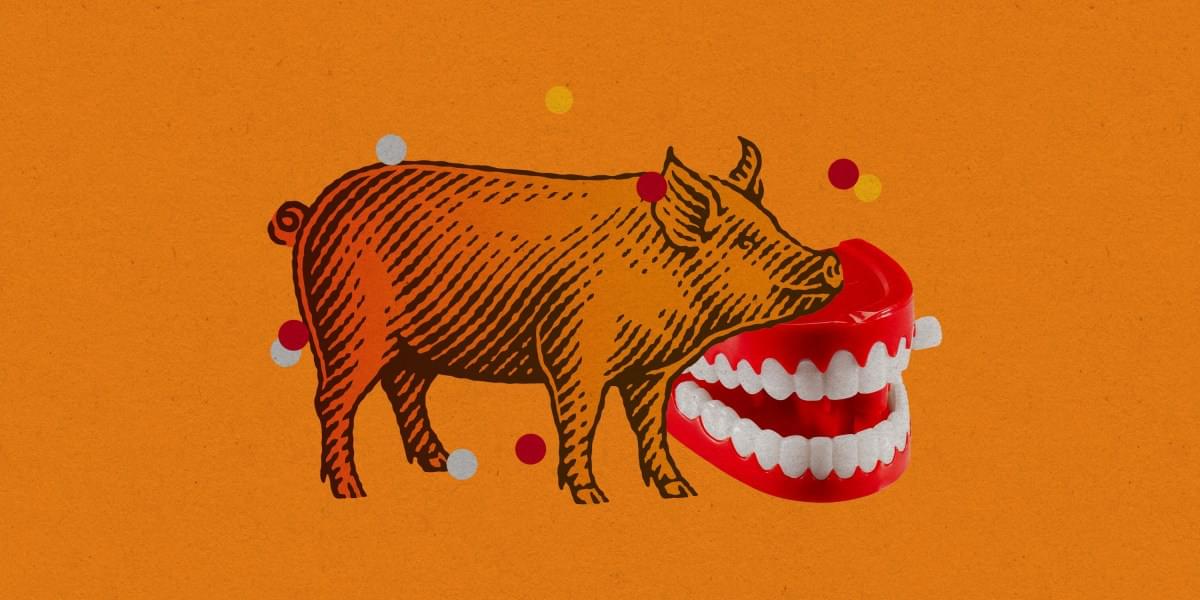
Lose an adult tooth, and you’re left with limited options that typically involve titanium implants or plastic dentures. But scientists are working on an alternative: lab-grown human teeth that could one day replace damaged ones.
Pamela Yelick and Weibo Zhang at Tufts University School of Dental Medicine in Boston have grown a mixture of pig and human tooth cells in pieces of pig teeth to create bioengineered structures that resemble real human teeth.
The toothlike structures represent a step toward bioengineered replacements for dental implants, say researchers behind the work.
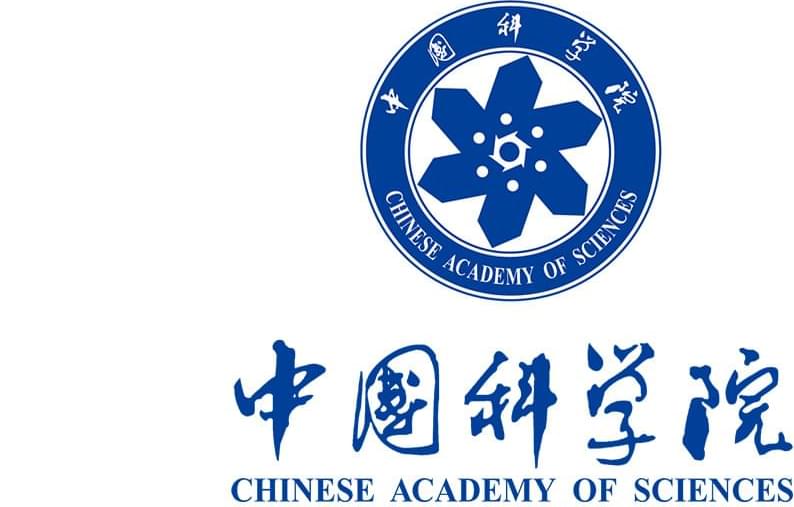
As we age, our bodies gradually lose their ability to repair and regenerate. Stem cells diminish, making it increasingly difficult for tissues to heal and maintain balance. This reduction in stem cells is a hallmark of aging and a key driver of age-related diseases. Scientists have long debated whether this decline is the root cause of aging or a side effect. Efforts to use stem cell transplants to reverse aging have faced many challenges, such as ensuring the cells survive and integrate into the body without causing serious side effects, like tumors.
In a recent study published in Cell, researchers from the Chinese Academy of Sciences and Capital Medical University introduced a new type of human stem cell called senescence-resistant mesenchymal progenitor cells (SRCs) by reprogramming the genetic pathways associated with longevity. These cells, which resist aging and stress without developing tumors, were tested on elderly crab-eating macaques, which share physiological similarities with humans in their 60s and 70s.
The research team conducted a 44-week experiment on these macaques. The macaques received biweekly intravenous injections of SRCs, with a dosage of 2×106 cells per kilogram of body weight. The researchers found no adverse effects among the macaques. Detailed assessments confirmed that the transplanted cells did not cause tissue damage or tumors.
The researchers discovered that SRCs triggered a multi-system rejuvenation, reversing key markers of aging across 10 major physiological systems and 61 different tissue types. The treated macaques exhibited improved cognitive function, and tissue analyses indicated a reduction in age-related degenerative conditions such as brain atrophy, osteoporosis, fibrosis, and lipid buildup. 👍
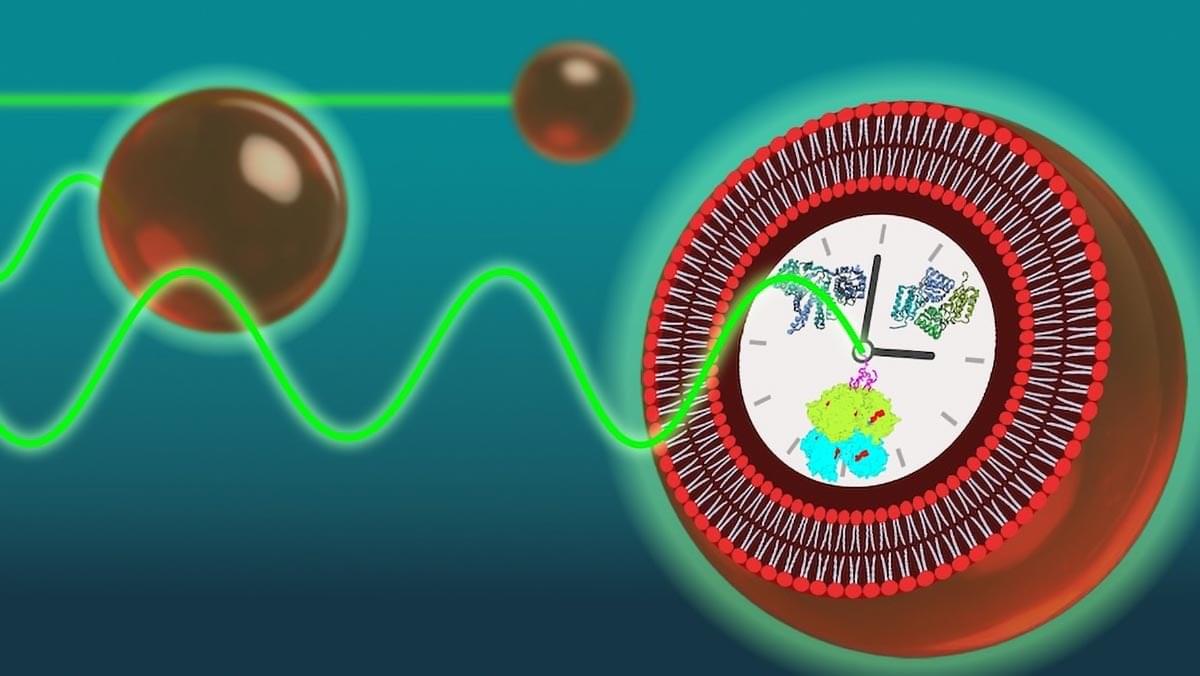
Scientists engineered synthetic cells that accurately keep time using biological clock proteins, offering new insights into how circadian rhythms resist molecular noise.
Researchers at UC Merced have successfully created tiny artificial cells capable of keeping time with remarkable precision, closely resembling the natural daily cycles observed in living organisms. This discovery offers new insight into how biological clocks maintain accurate timing, even amid the random molecular fluctuations that occur within cells.
Published in Nature Communications.
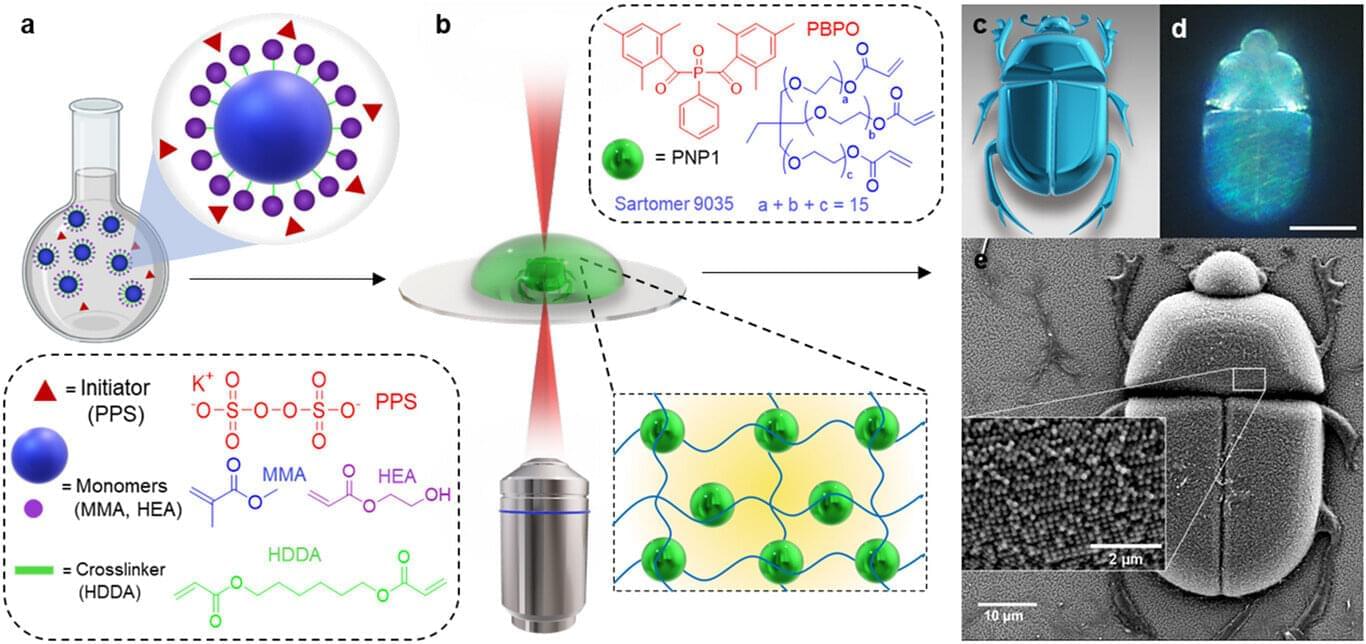
Half a billion years ago, nature evolved a remarkable trick: generating vibrant, shimmering colors via intricate, microscopic structures in feathers, wings and shells that reflect light in precise ways. Now, researchers from Trinity have taken a major step forward in harnessing it for advanced materials science.
A team led by Professor Colm Delaney from Trinity’s School of Chemistry and AMBER, the Research Ireland Center for Advanced Materials and BioEngineering Research, has developed a pioneering method, inspired by nature, to create and program structural colors using a cutting-edge microfabrication technique.
The work could have major implications for environmental sensing, biomedical diagnostics, and photonic materials. The research is published in the journal Advanced Materials.
A team of UC Merced researchers has shown that tiny artificial cells can accurately keep time, mimicking the daily rhythms found in living organisms. Their findings shed light on how biological clocks stay on schedule despite the inherent molecular noise inside cells.
The study, published in Nature Communications, was led by bioengineering Professor Anand Bala Subramaniam and chemistry and biochemistry Professor Andy LiWang. The first author, Alexander Zhang Tu Li, earned his Ph.D. in Subramaniam’s lab.
Biological clocks—also known as circadian rhythms —govern 24-hour cycles that regulate sleep, metabolism and other vital processes. To explore the mechanisms behind the circadian rhythms of cyanobacteria, the researchers reconstructed the clockwork in simplified, cell-like structures called vesicles. These vesicles were loaded with core clock proteins, one of which was tagged with a fluorescent marker.
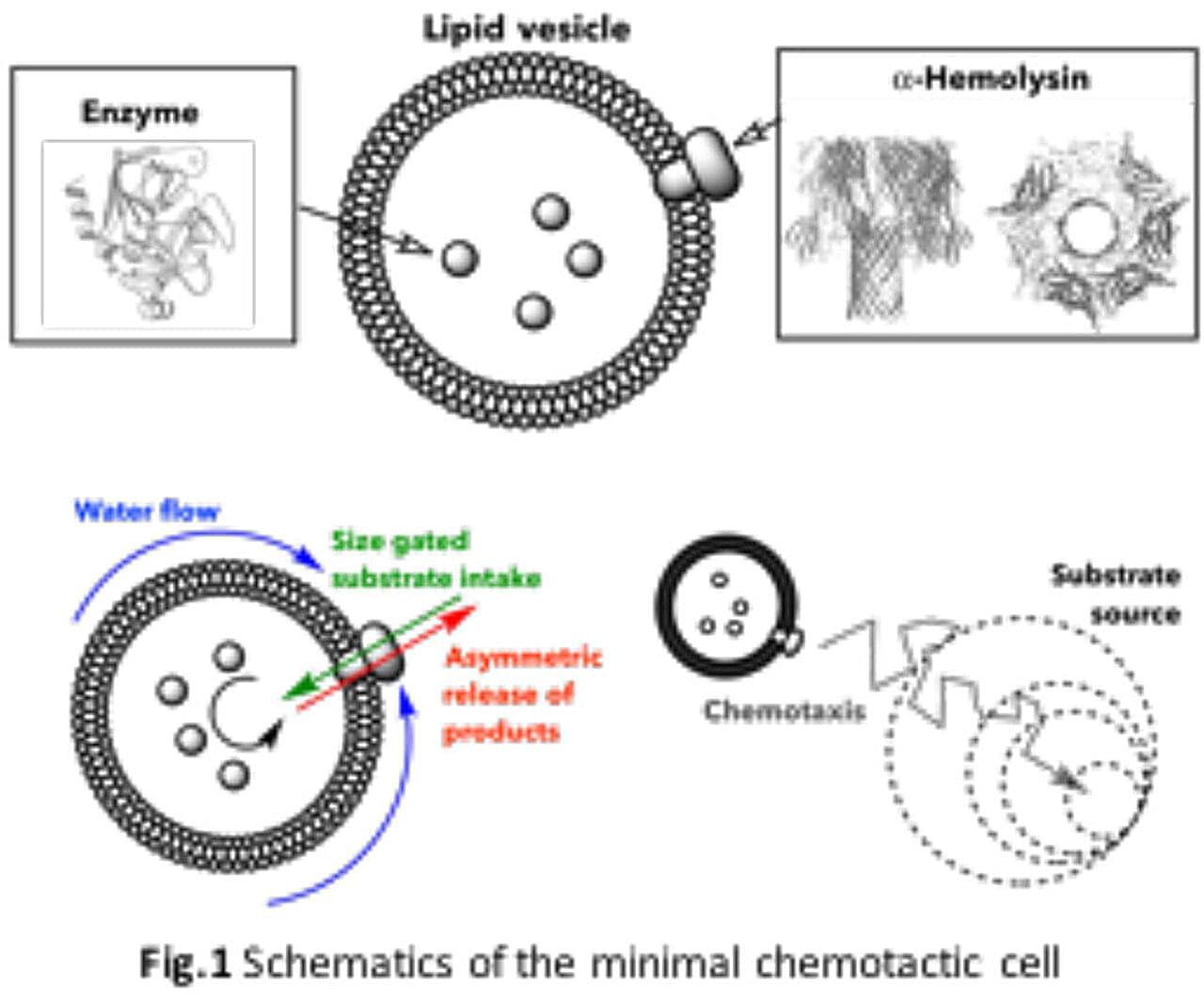
Researchers at the Institute for Bioengineering of Catalonia (IBEC) have created the world’s simplest artificial cell capable of chemical navigation, migrating toward specific substances like living cells do.
This breakthrough, published in Science Advances, demonstrates how microscopic bubbles can be programmed to follow chemical trails. The study describes the development of a “minimal cell” in the form of a lipid vesicle encapsulating enzymes that can propel itself through chemotaxis.
Cellular transport is a vital aspect of many biological processes and a key milestone in evolution. Among all types of movement, chemotaxis is an essential strategy used by many living systems to move towards beneficial signals, such as nutrients, or away from harmful ones.
This is a sci-fi documentary looking at the future of genetic engineering and how it applies to space exploration, astronauts, terraforming planets and even Earth.
What is DNA, and how can it be engineered. What is CRISPR, and the future technology used in genetic engineering and biotechnology.
Personal inspiration in creating this video came from: Jurassic Park (the book), and The Expanse TV show (the protomolecule).
Other topics in the video include: how genetic engineering can change food allergies, cryosleep astronauts using hibernation biology borrowed from bears, squirrels and hedgehogs, engineering plants for terraforming other planets, and entries from The Encyclopedia of the Future.
PATREON
The third volume of ‘The Encyclopedia of the Future’ is now available on my Patreon.
Visit my Patreon here: https://www.patreon.com/venturecity.
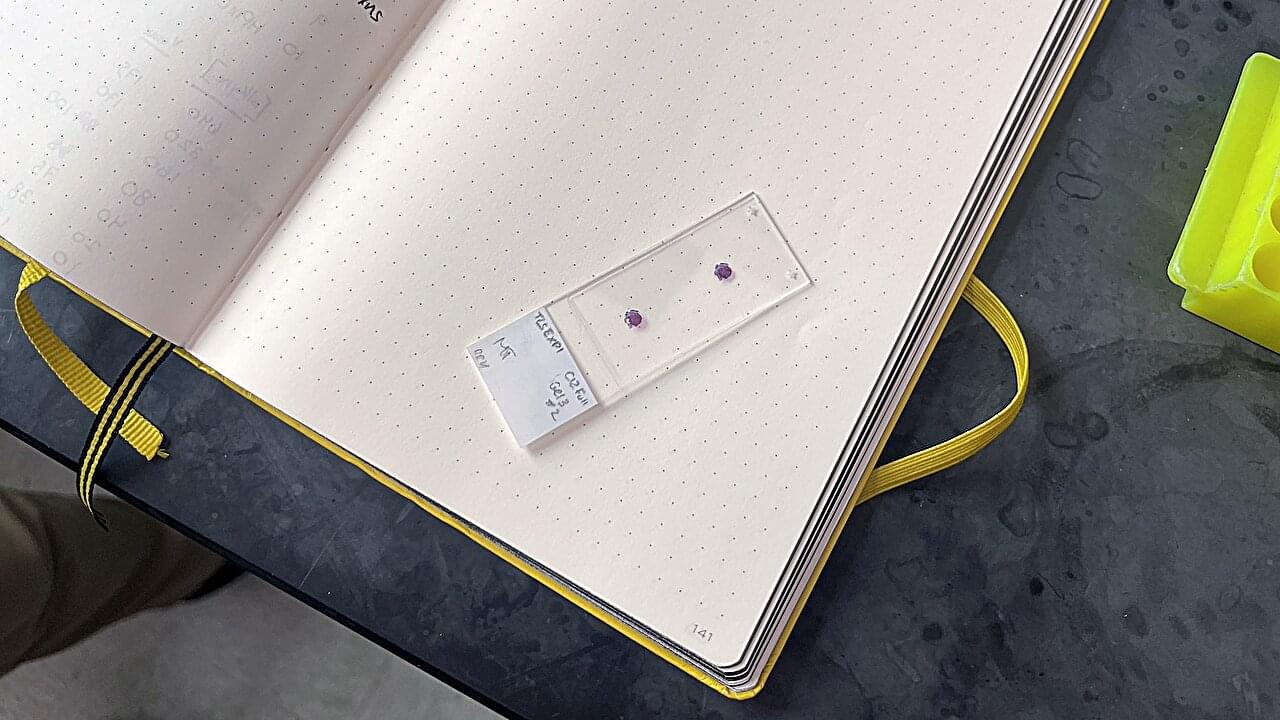
Researchers from Columbia Engineering have established a framework for the design of bioactive injectable hydrogels formulated with extracellular vesicles (EVs) for tissue engineering and regenerative medicine applications.
Published in Matter, Santiago Correa, assistant professor of biomedical engineering at Columbia Engineering, and his collaborators describe an injectable hydrogel platform that uses EVs from milk to address longstanding barriers in the development of biomaterials for regenerative medicine.
EVs are particles naturally secreted by cells and carry hundreds of biological signals, like proteins and genetic material, enabling sophisticated cellular communication that synthetic materials cannot easily replicate.
Explores the groundbreaking world of 3D bioprinting in regenerative medicine, where custom organs printed layer-by-layer from human cells are transforming transplantation. In this video, we uncover the latest advances in bioprinting technology, from biocompatible bioinks to vascularized tissue scaffolds that mimic natural organ architecture.
Dive into the science behind printing life as we showcase flagship projects: a beating mini heart engineered with human cardiomyocytes; 3D-printed liver organoids that perform metabolic functions; and personalized kidney scaffolds seeded with patient-derived stem cells. Learn how bio-printed skin grafts with integrated blood vessels accelerate wound healing and reduce scarring and discover innovations in printing complex structures like pancreas and lung tissue.
We break down key techniques—extrusion-based bioprinting, stereolithographic printing, and sacrificial ink methods—that enable high-resolution, cell-friendly constructs. Our experts explain challenges in tissue vascularization, bioink formulation, and regulatory pathways for clinical use. Gain insights into clinical trials driving the future of organ transplants without donor shortages.
Whether you’re a biotech researcher or tech enthusiast, this video offers insights and case studies. Don’t miss this cutting-edge guide to 3D bio-printed organs and tissue engineering.
#techforgood #futureofmedicine #aiinhealthcare #medicalai #bioprinting #tissueengineering #explainervideo #scienceexplained